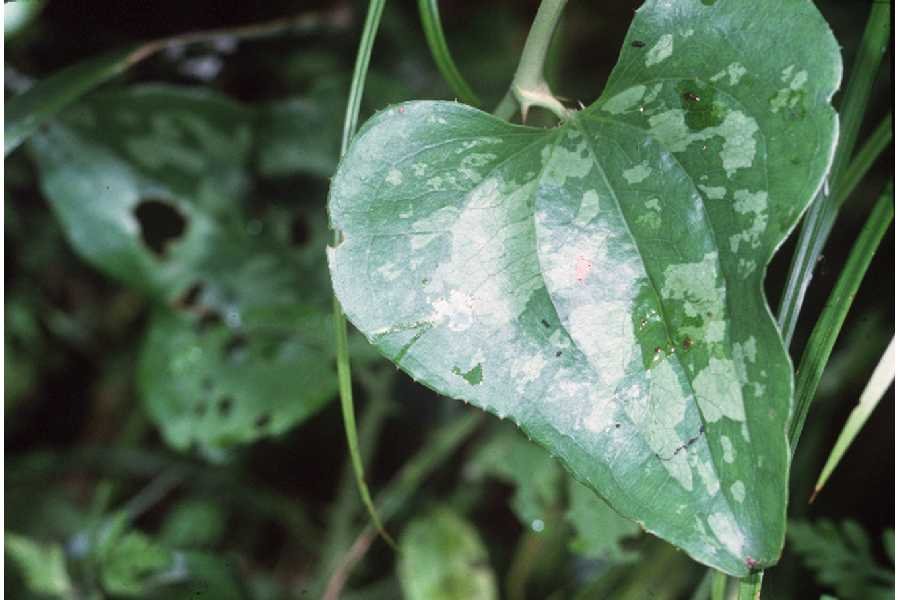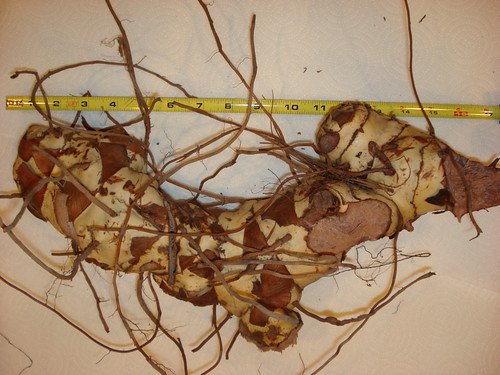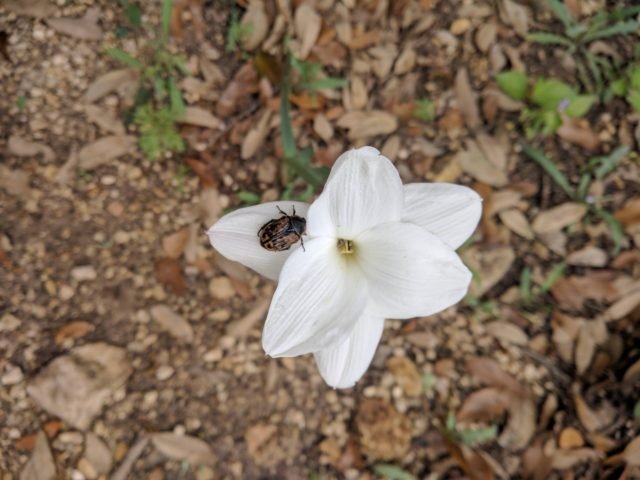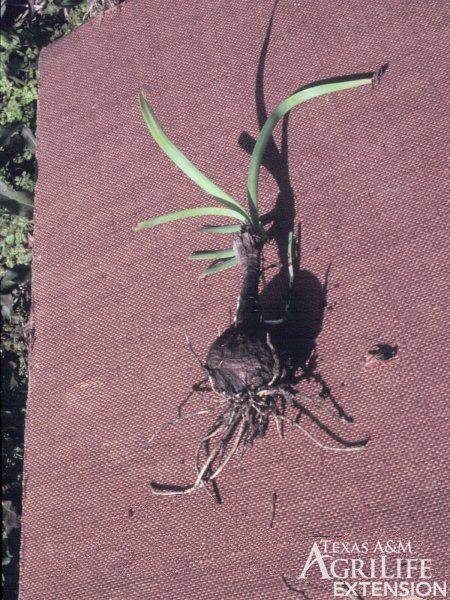Tubers of Texas
There are many wonders in nature that are waiting to be discovered. In this article, we’ll focus on those that are hidden underground: tubers of Texas!
These wonderful articles investigate the question of what roots were eaten by native Americans during the time when the Spanish were exploring Texas. Much of the natives’ diet consisted of root vegetables, but it is unclear which roots from the written history. The articles discusses some roots that are likely to have been eaten. What follows are a list of native Texas roots, some covered in the article, and some not.
Cat tail (Typha domingensisily)
Cattail is a wetland plant that was commonly used by Native Americans. The leaves were used for weaving, the flower and root were eaten, and the pollen was used for food and in rituals. The pollen was collected and made into a sweet cake. The seedy fruit of the plant looks like a corn dog.
Buffalo gourd (Cucurbita foetidissima)
Buffalo gourd were used by natives. The seeds were cooked and eaten and the root was used for medicinal purposes. The fruit and root are both very bitter and should not be eaten. The shell of the fruit contains sopranins and have been used to clean laundry. Some buffalo gourd roots can grow up to 15 inches wide at the top and 3 feet deep. The stems can grow several yards long. The gourds are around 3 inches in diameter.
Wild onion (Allium spp.)
Wild onion grows tubers about one to 1.5 centimeters in length and one centimeter in diameter. They tend to grow where water is plentiful. Archaological evidence indicates that they were a staple for native populations, who collected them in bulk and baked them in underground ovens.
Wild onions are edible but should only be eaten after being baked for a long time to break down the indigestible starches they contain.
Camas lilly / Wild hyacinth (Camassia scilloides)
Camas lilly, or wild hyacinth have small bulbs that are sweet when cooked. There is evidence that they were eaten by natives.
Spring Beauty (Claytonia virginica)
Spring beauty have edible bulbs roughly the size of wild onion bulbs.
Greenbriar (Smilax bona-nox L.)
Greenbriar is a common vine in the woods. They have thorns and tend to grow in bunches. The vines can be eaten raw when they are new growth. The roots can grow up to 75 pounds! Roots are also edible but are very stringy and must be cooked. The black berries are edible and have a slight sweet flavor.
Rain lilly (Cooperia drummondii)
Rain lilies tends to flower several days after a rain. They grow small onion-sized bulbs (approximately three to four inches in diameter) and seed pods with three compartments full of flat, black seeds. They tend to grow in patches where you can find several per square yard. There is evidence that they have been cooked from archaeological deposits along the Pecos River.
Wine cup (Callirhoe involucrata)
Wine cups have a smallish carrot-like root and tend to grow in patches. If you’re not living off the land these are better left alone because they’re so pretty in bloom.
False Garlic / Crow Poison (Nothoscordum bivalve)
False garlic, or Crow poison has flowers that look similar to wild onion flowers and it produces one centimeter bulbs. There is no evidence that False Garlic was eaten by Native Americans.











